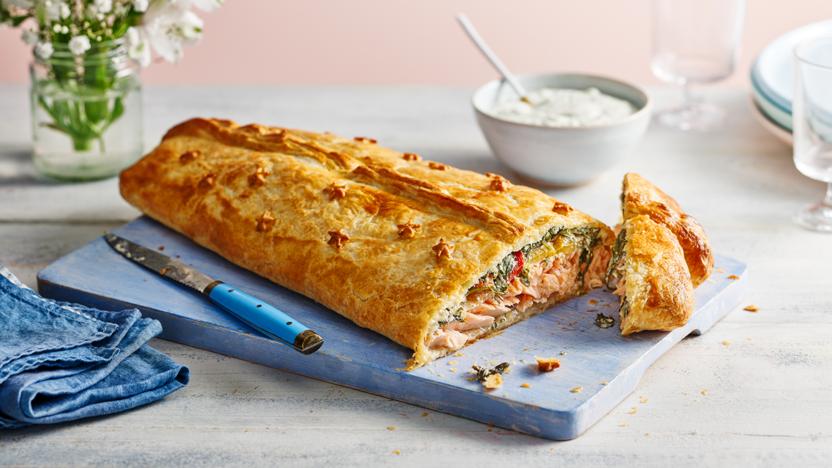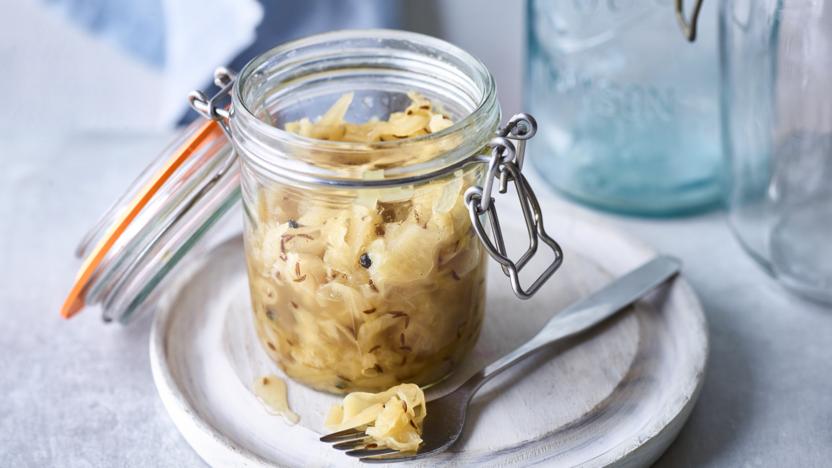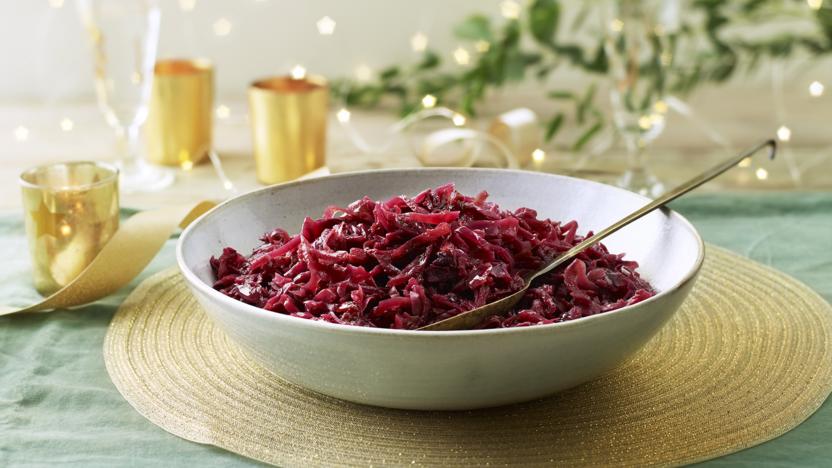Pickled red cabbage

I love to pickle red cabbage because of the magical way it turns a vivid red when it comes into contact with the vinegar, but you can customise this recipe to the ingredients you have available. You can replace the red cabbage with a hard white Dutch-style cabbage or a spicy Chinese pak choi cabbage. Swap the fennel for caraway, cumin or coriander; the chilli for mustard seeds and the vinegar for wine or rice vinegar.
For this recipe you will need two 500ml/18fl oz sterilised jars. See Recipe Tips for information on sterilising.
Ingredients
- 500g/1lb 2oz red cabbage
- 1 large fennel bulb, about 150–200g/5½–7oz
- 1 tbsp fine sea salt
- 300ml/½ pint cider vinegar
- 50–100˛µ/1¾–3½´Çłú sugar (according to taste)
- 1 tsp fennel seeds
- ½ tsp chilli flakes
- 1 unwaxed lime, juice and finely grated zest only
- 1 tsp Tabasco or other chilli sauce (optional)
Method
Discard the tough outer leaves of the cabbage. Quarter the cabbage and cut out the hard core. Using a sharp knife or mandolin, shred finely and place in a large bowl. Trim and halve the fennel lengthwise and finely slice crosswise. Add to the cabbage. Sprinkle with the salt and combine thoroughly using your hands. Cover with a plate, weight it down and leave for a couple hours for the salt to draw out any excess water from the cabbage – it won’t do any harm to leave it for up to 24 hours.
Meanwhile, place the vinegar, 300ml/½ pint water, sugar, fennel seeds and chilli flakes in a saucepan and bring to a simmer, stirring to help the sugar dissolve. Remove from the heat and leave for the spices to infuse. When cool, strain to remove the seeds (or the seeds can be left if preferred). Add the lime juice and zest and the Tabasco, if using.
Tip the cabbage into a colander tossing it lightly. Leave for 10–15 minutes to allow the salty water to drain away.
Pack the cabbage into sterilised jars and pour over the lightly spiced vinegar to completely cover. The cabbage is best stored in the fridge and used within 6–8 weeks for maximum crunchiness.
Recipe Tips
The salt draws out the excess moisture from the vegetables, which will help keep them crisp, intensify their flavour and improve their preservation by preventing the excess water diluting the vinegar.
Prepare your jars and lids shortly before you need them. You can do this by putting them through a hot (60C) dishwasher cycle shortly before you need them (don’t try to dry them with a tea towel, let them air dry) or wash them in hot water then place in an oven preheated to 140C/120C Fan/Gas 1 for 15 minutes (switch off the oven and leave the jars inside until needed). Alternatively, place the jars in a large stock pot with a clean folded cloth or trivet placed on the base, cover the jars completely with cold water and bring to simmering point (90C) for 10 minutes. Remove the pan from the heat and leave the jars in the hot water until you need them. When your preserve is ready, carefully remove the jars from the pan, tipping out the water as you do so – a pair of bottling tongs makes this job easy, but otherwise use ordinary tongs.


